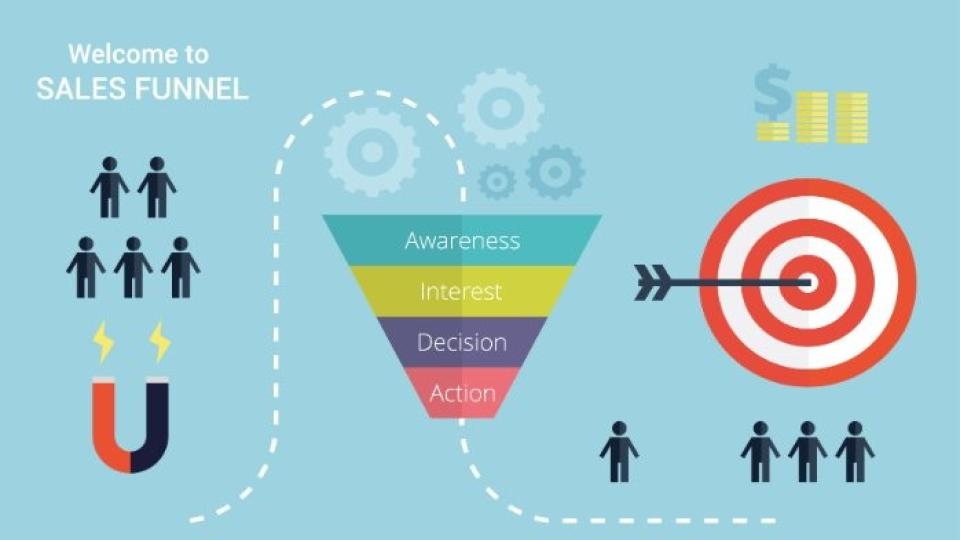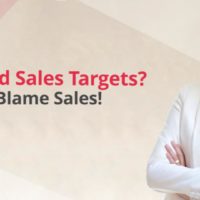
Written by Jennifer Anderson Alonzi – Director, B2B Marketing at RentPath
I was recently invited to participate on a panel at MTec, the Multifamily Technology conference held in San Francisco the week of NAA. The questions asked were mostly about how to leverage marketing technology to scale growth. However, there was one question in particular that was more conceptual and really stood out to me: how do you decide whether to pursue an inbound or outbound marketing strategy? Which one is more appropriate for, say, a startup versus a more established company?
It seems like how to leverage these two strategies is still a little fuzzy for marketers, and I can understand why. No one really talks about them in the context of objectives. I think that’s the missing component that really offers insight into how each plays a role in your overall marketing mix.
The way I organize my marketing initiatives is by bucketing everything into three core categories:
- Lead acquisition
- Lead nurturing/conversion
- Retention and upsell
Once I’ve done this, everything starts to make a bit more sense. I’m clear on my goals. I’m either trying to acquire net new leads, nurture them to close, or retain and grow the business. Now I can choose the right mix of tactics to achieve these goals. This will organically leverage both inbound and outbound channels.
Lead Acquisition: Heavy on inbound
Unless you have a database of every known prospect in your universe, lead acquisition is likely one of your goals. You need net new contacts to fuel your funnel and generate revenue. Typically, this is where inbound efforts will play a huge part in your overall marketing mix. You’re ultimately pulling anonymous people onto your site and converting them from unknown visitors to known contacts through gated content.
Acquisition is typically accomplished leveraging inbound channels like paid and organic search, digital advertising, content syndication and social media. As such, inbound is absolutely essential to fuel the top of your funnel. However, there are some cases where you might leverage an outbound program for acquisition. An example might be if you paid to email another organization’s contact database; typically an email sponsorship.
I see a lot of companies neglect this part of the marketing mix. They focus too much on purchased list acquisition and direct response outbound to fuel their funnel. This ignores the importance of branding, advertising and communications, which are all vital aspects of developing strong prospect relationships at the onset of their buyer journeys.
Lead Nurturing: Heavy on outbound
Once you’ve acquired net new contacts, you’re going to leverage mostly outbound channels to nurture them to close. Typically, this is where you’ll email them relevant content, case studies and resources. Maybe you’ll even engage them through direct mail. Your SDR or telesales team will reach out to qualify them and move them through the funnel. These are all outbound efforts and are required to nurture contacts to customers.
Just like in the lead acquisition phase, this phase of marketing is heavy on outbound but has some exceptions. For example, you might pull contacts out of your outbound marketing programs when they become a sales qualified opportunity (SQO) being worked by your field team. In this part of your funnel, you might opt to leverage a traditional inbound channel to keep prospects warm without interfering in the sales process. For example, you can surface messaging specific to end-stage prospects with account-based digital advertising and website personalization. This helps you control your message, stay in front of them and positively influence the opportunity without accidentally emailing them something that will disrupt the sales process.
Retention & Upselling: A nice mix of both
Once someone becomes a customer, our jobs as marketers don’t end. Obviously, we need to make sure we work to retain their business and, if possible, optimize revenue we receive from those accounts through upselling or rate increases. At this stage of the customer lifecycle, you’ll likely leverage a mix of both traditional inbound channels (social media, digital advertising, in-app messaging) and outbound (email) to surface customer-centric messaging.
The Bottom-line: Start with objectives and work from there
Most marketers leverage a mix of inbound and outbound to achieve their goals and fuel their funnels. Building your tactical plan around key objectives and core marketing initiatives will help you understand where you need to invest more heavily. If you have a very small contact database, inbound is going to be a huge focus for you. You need contacts to market and sell. If you have a strong database, outbound is going to be a huge focus for you. You need to nurture those prospects to customers. At the end of the day, worry less about inbound and outbound as independent strategies. Focus on your objectives and where your funnel is weakest, then leverage what’s needed from there.
About Guest Contributor: Jennifer Anderson Alonzi is the Director of B2B Marketing for RentPath. She is a B2B marketing leader with expertise in revenue transformation.




